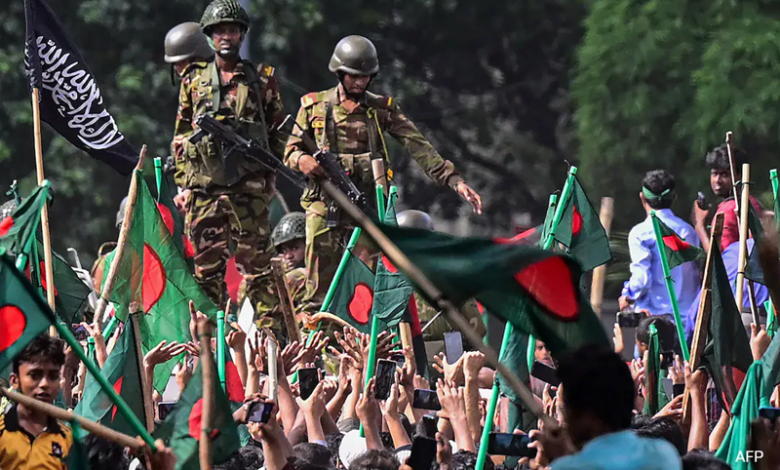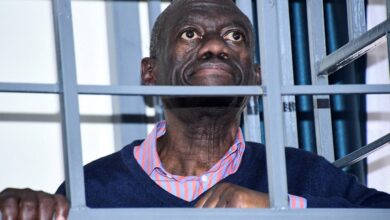From Mujibur Rahman’s Rise to Sheikh Hasina’s Dramatic Flight: A Timeline of Political Turmoil in Bangladesh

News Mania Desk/Agnibeena Ghosh/6th August 2024
The dramatic helicopter flight of former Prime Minister Sheikh Hasina from Bangladesh on August 5, amid intense pressure from protesters and the Army, is just one chapter in the tumultuous history of the South Asian nation. Since gaining independence about half a century ago, Bangladesh has witnessed numerous political upheavals, with leaders often forced to flee or meet violent ends. Here, we take a closer look at five pivotal moments in Bangladesh’s unstable history.
In 1971, Bangladesh emerged as an independent nation following a brutal war involving India. Sheikh Mujibur Rahman, hailed as the hero of independence, became the country’s first prime minister. In January 1975, Rahman introduced a one-party system and assumed the presidency. However, his tenure was tragically cut short when he and his family were assassinated by a group of soldiers on August 15, 1975. Rahman’s death marked the beginning of a series of coups and counter-coups.
Khondaker Mostaq Ahmad, with the support of a faction of the army, briefly took power. His rule was short-lived as he was overthrown in a coup led by the army’s chief of staff, Khaled Mosharraf, on November 3, 1975. However, Mosharraf was assassinated by rival mutineers just days later. Amid this chaos, General Ziaur Rahman seized power on November 7, 1975, following a series of violent upheavals.
General Ziaur Rahman’s rule also ended in violence. On May 30, 1981, he was assassinated during an attempted revolt. Vice-President Abdus Sattar assumed the role of interim president with the backing of General Hussain Muhammad Ershad. However, Ershad turned on Sattar, overthrowing him in a bloodless coup on March 24, 1982. Ershad imposed martial law and installed Ahsanuddin Chowdhury as a ceremonial president. Eventually, on December 11, 1983, Ershad declared himself head of state, sidelining Chowdhury.
The late 1980s saw a significant push for democracy. Widespread protests forced General Hussain Muhammad Ershad to resign as president on December 6, 1990. Following his resignation, Justice Minister Shahabuddin Ahmed took over as interim leader until elections could be held. Ershad was arrested and jailed for corruption shortly after stepping down.
In early 1991, Bangladesh held its first free elections. The Bangladesh Nationalist Party (BNP) emerged victorious, and Khaleda Zia, widow of General Ziaur Rahman, became the country’s first female prime minister. She was succeeded by her arch-rival Sheikh Hasina in 1996, after the Awami League defeated the BNP in elections. The BNP regained power in 2001, with Khaleda Zia serving another term until October 2006.
Political instability continued to plague Bangladesh. In 2007, amid anti-government protests, President Iajuddin Ahmed, backed by the army, declared a state of emergency. A military-led transitional government launched an anti-corruption purge, resulting in the imprisonment of both Sheikh Hasina and Khaleda Zia. However, Hasina was released in 2008 and returned to power following her party’s victory in the December elections.
Bangladesh’s political landscape remains fraught with tension and uncertainty. The recent flight of Sheikh Hasina underscores the ongoing challenges faced by the nation’s leaders. The history of Bangladesh is marked by a cycle of violence, coups, and political rivalries, reflecting the deep-seated instability that continues to shape its trajectory.






